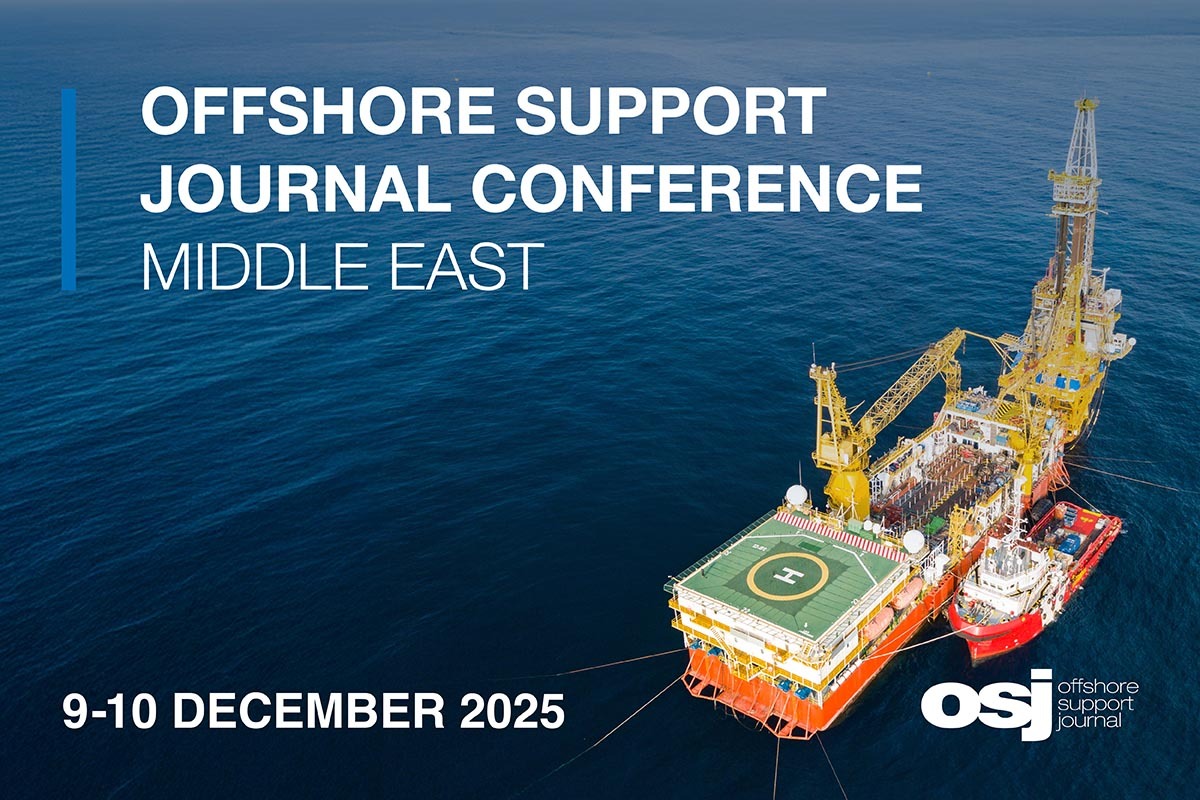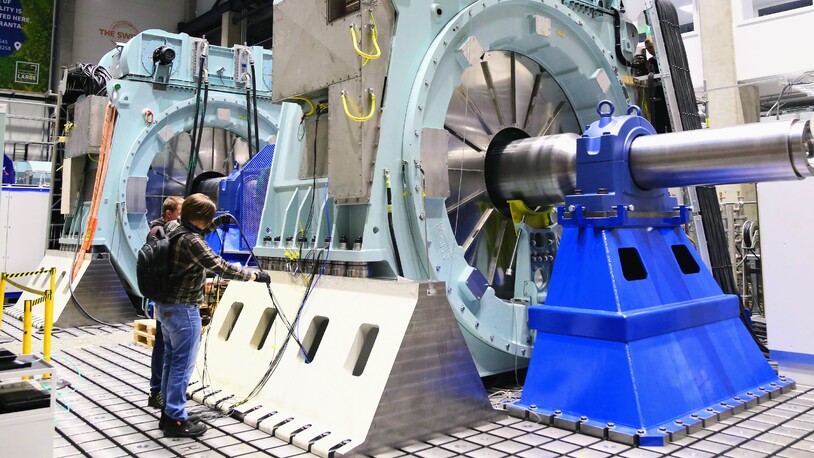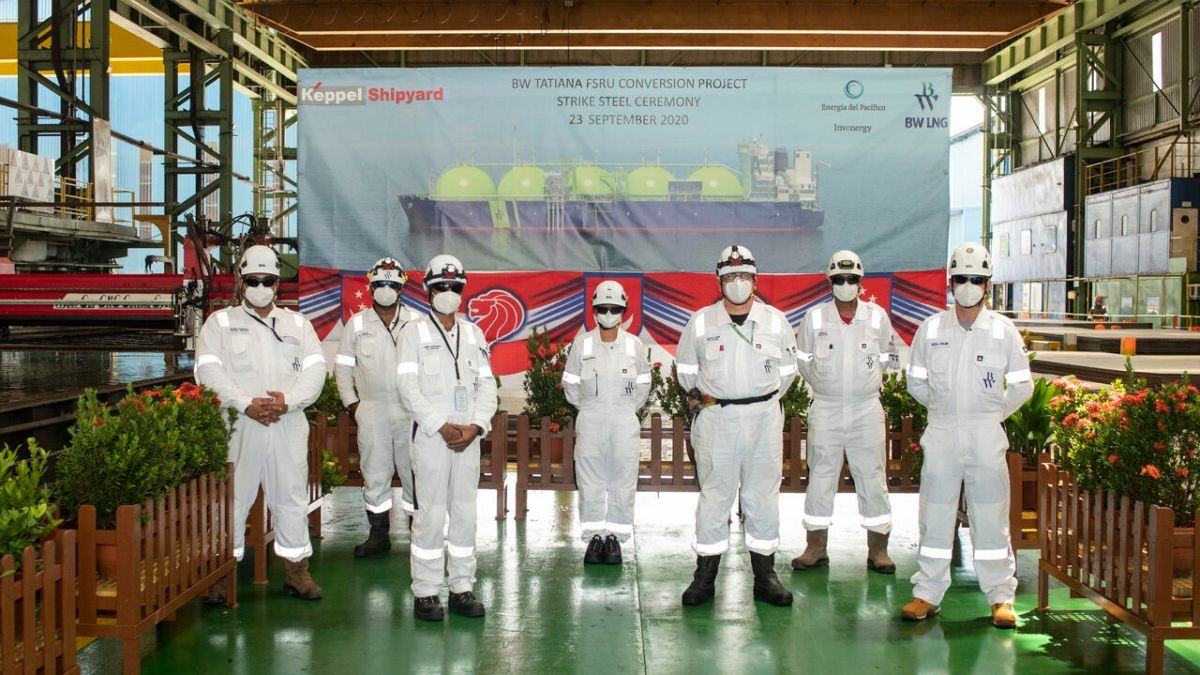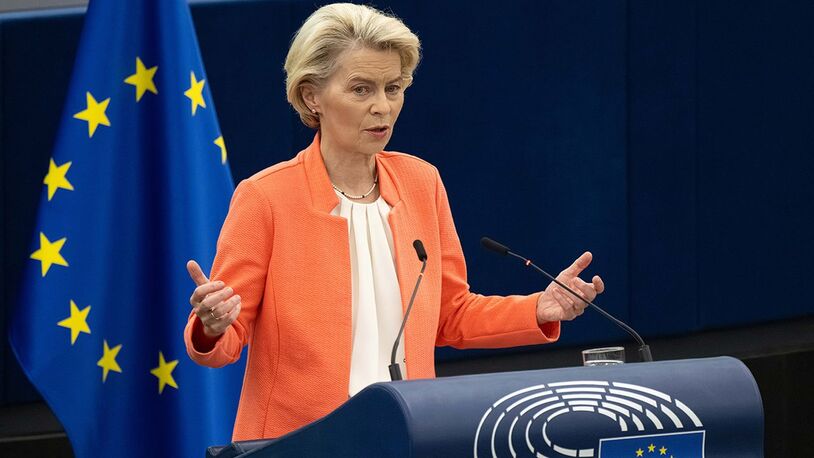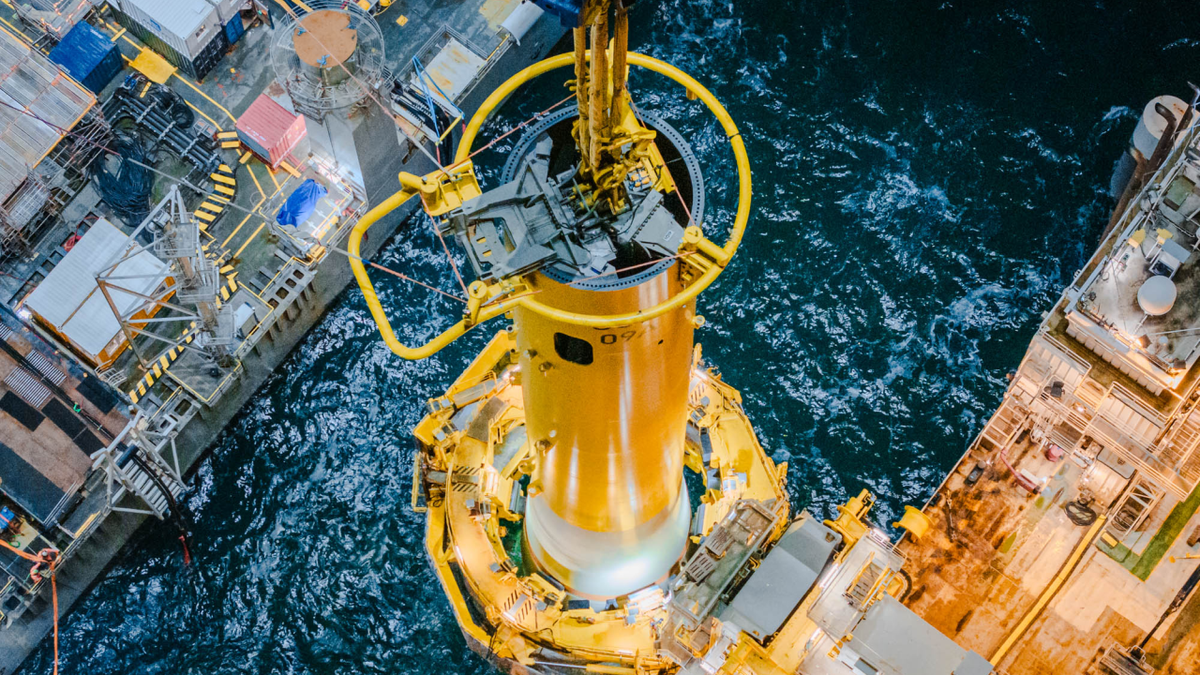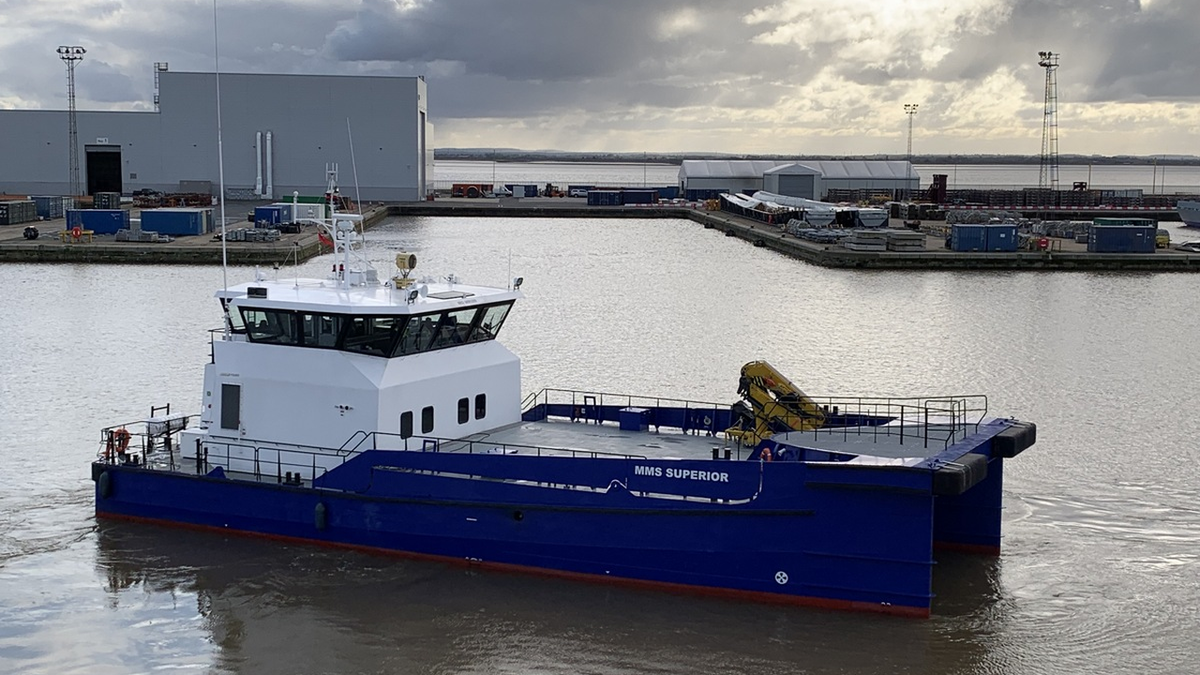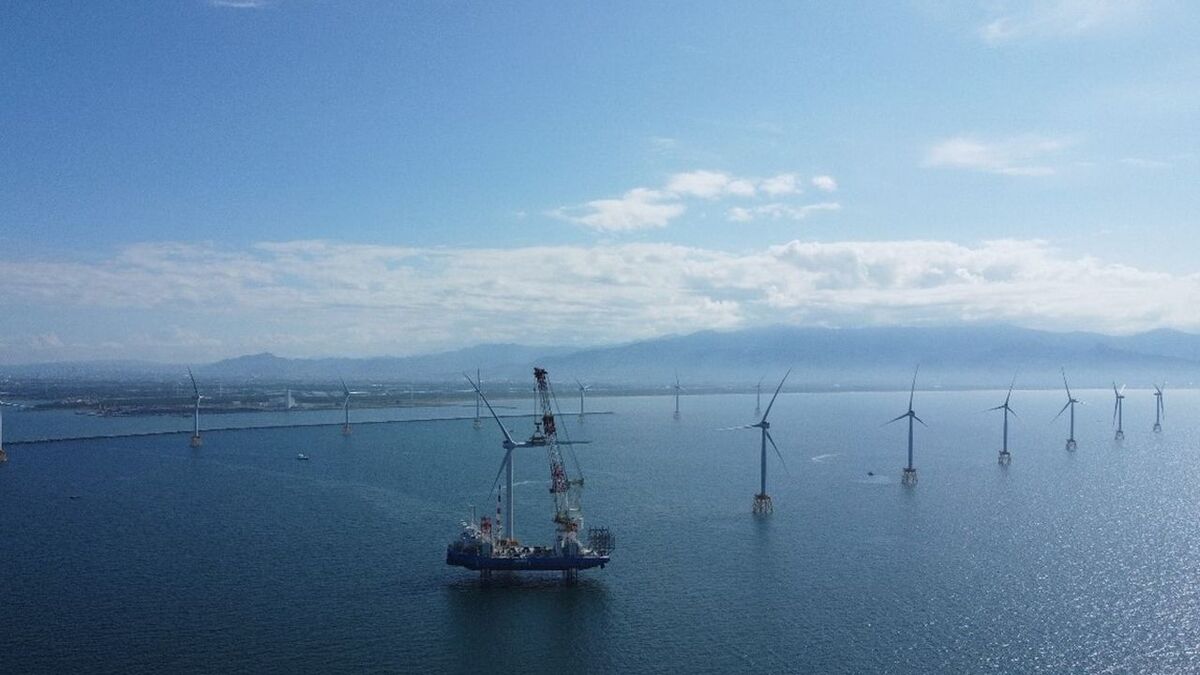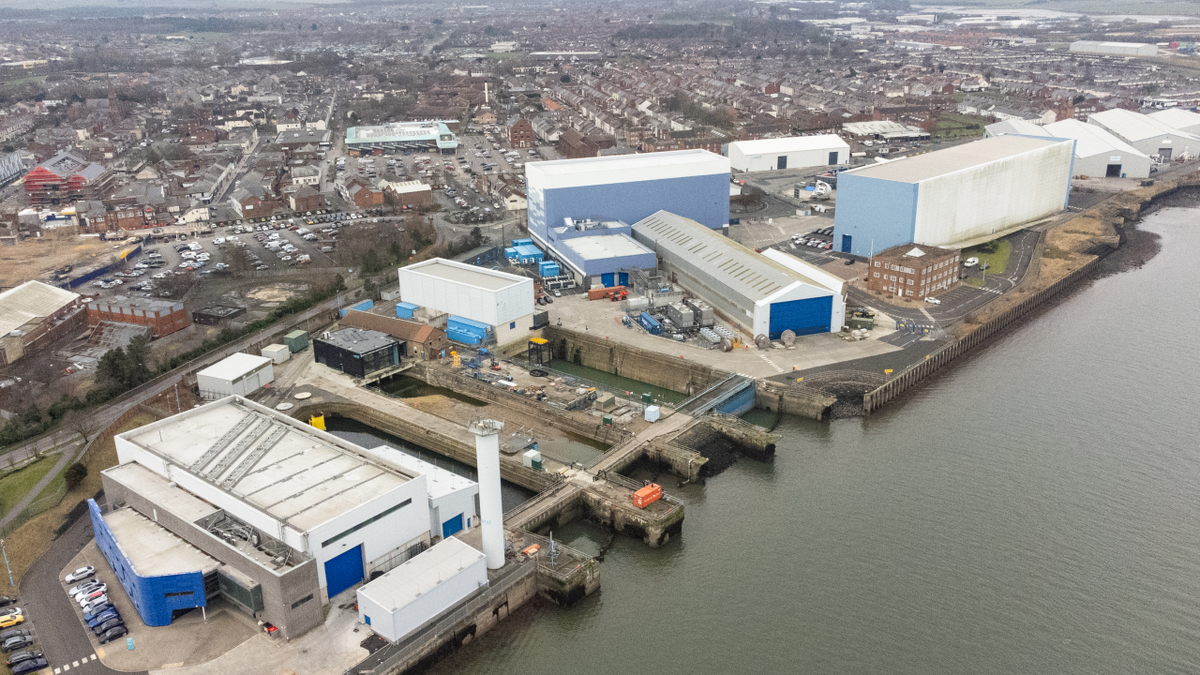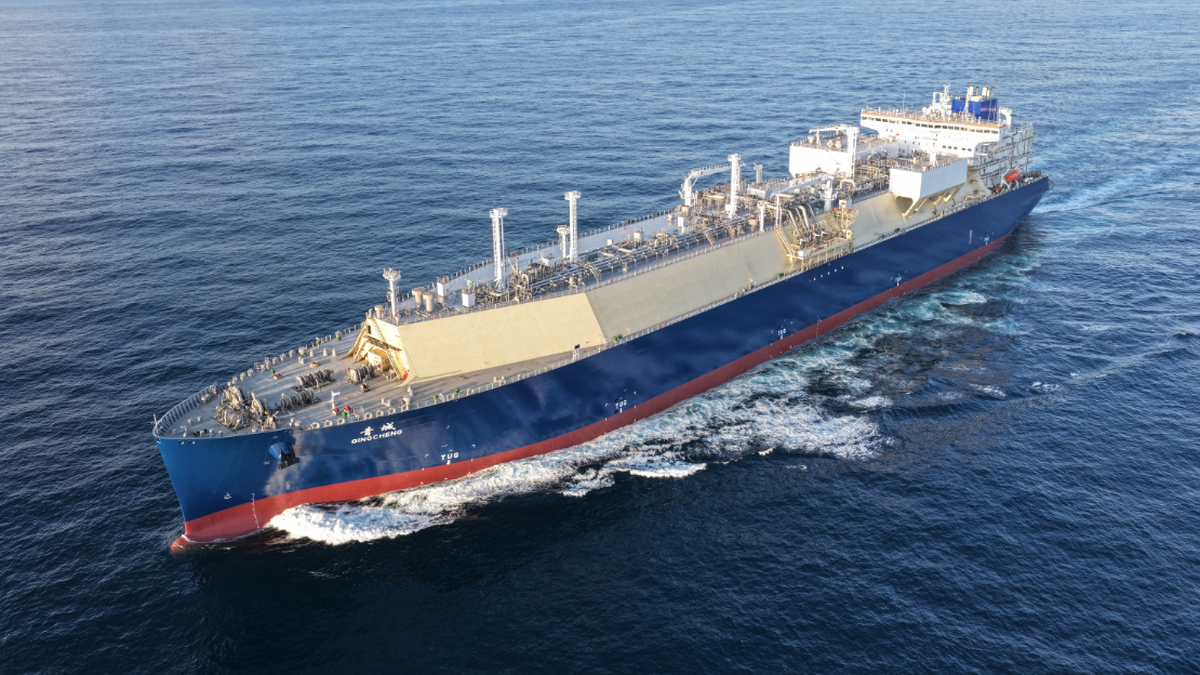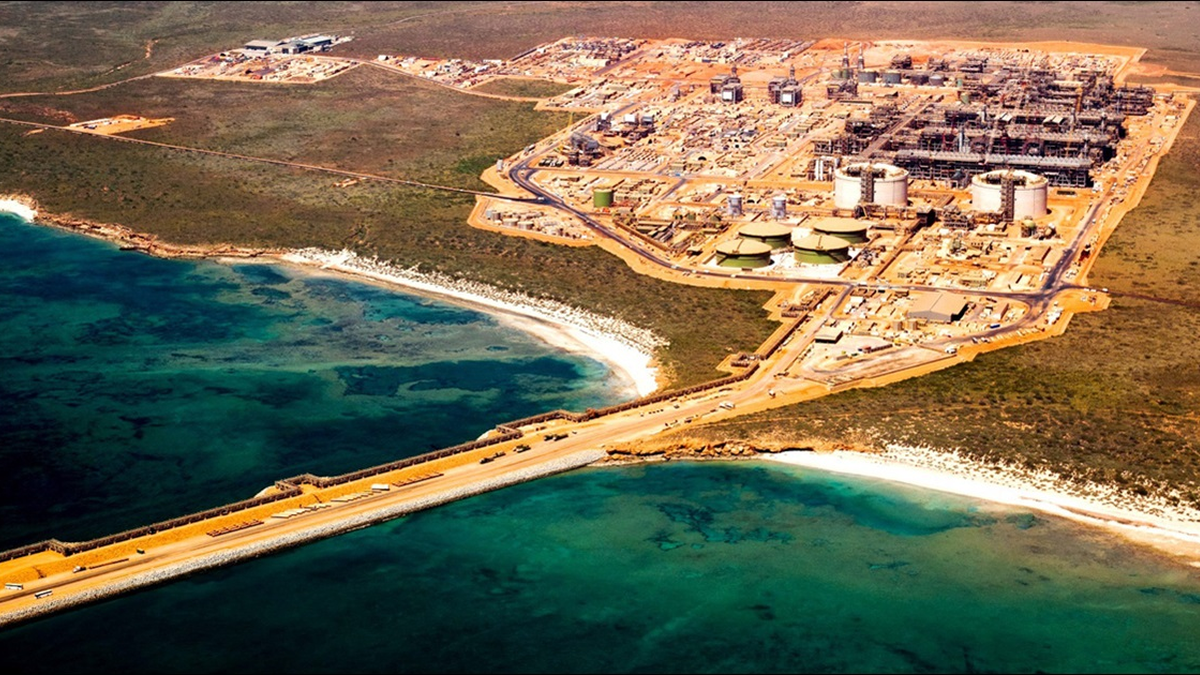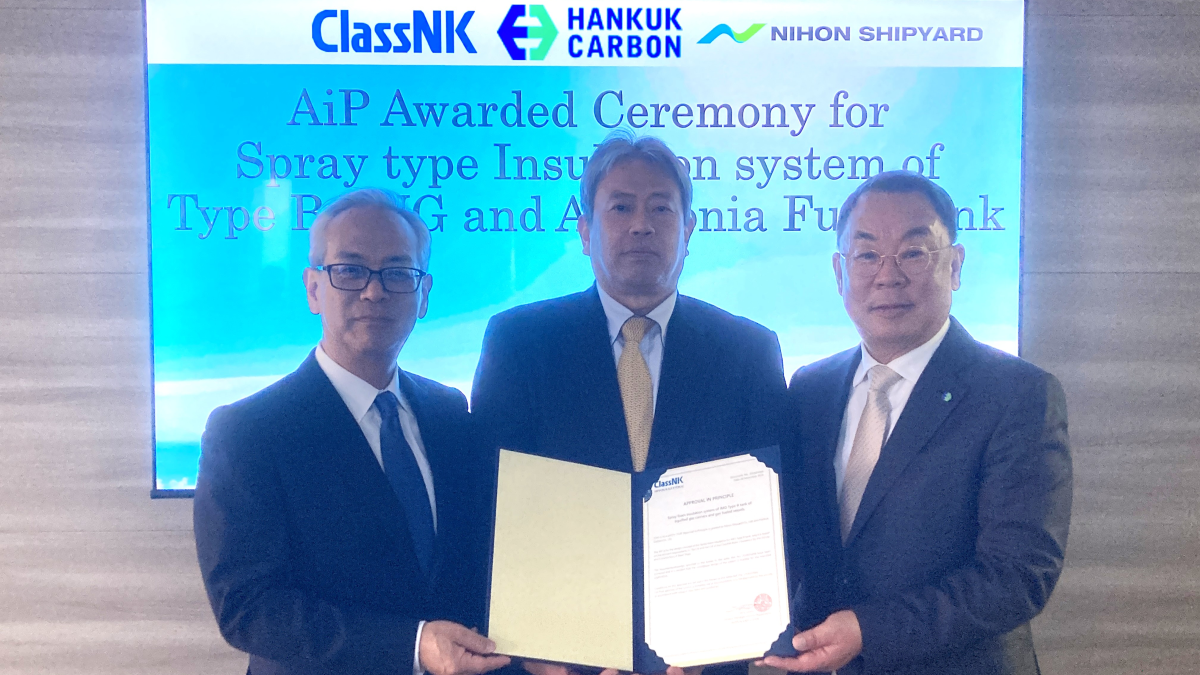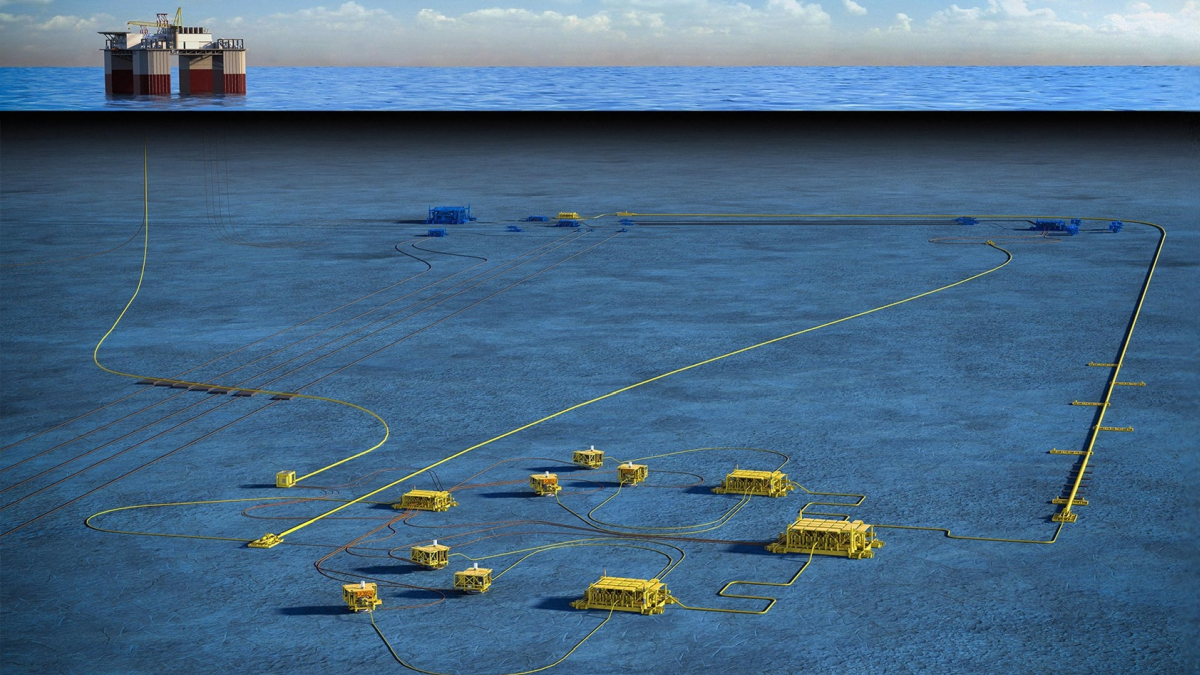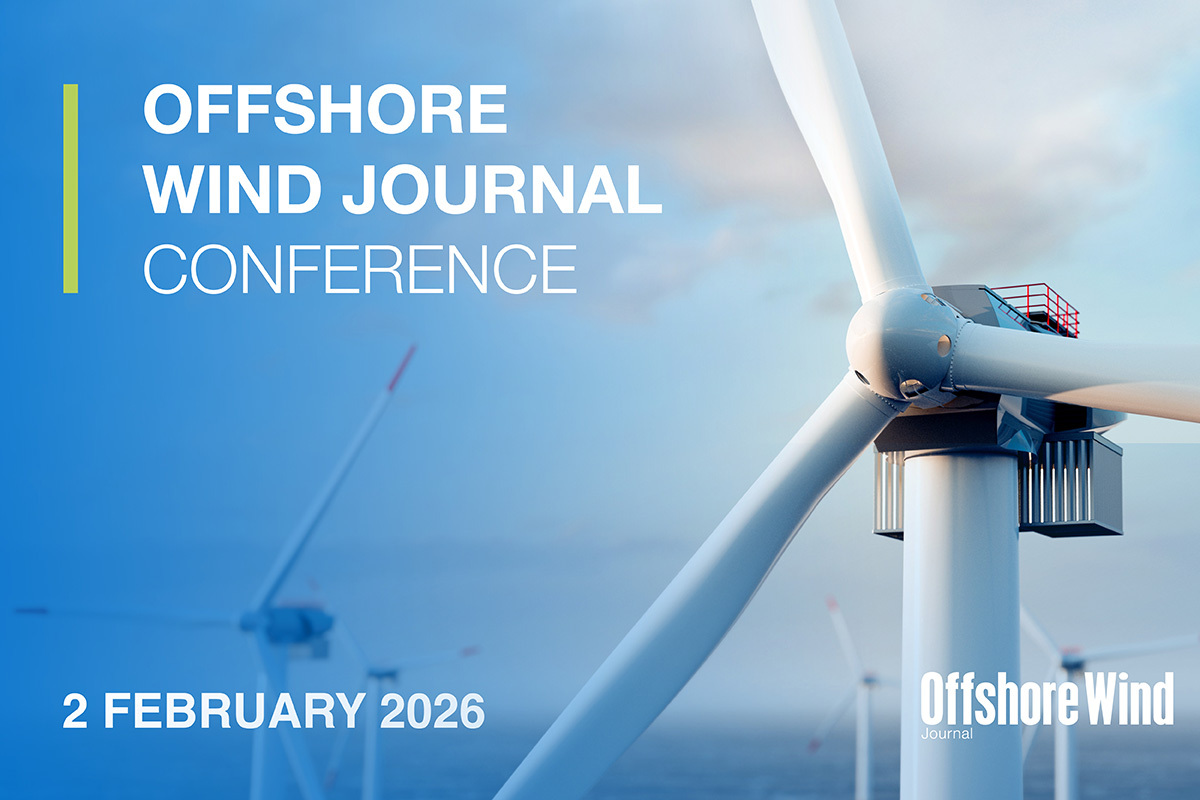Business Sectors
Events
Offshore Support Journal Conference, Middle East 2025
Contents
Flexible floating technology underpins LNG-to-power
FSRUs open markets to new LNG importers, allowing the import of smaller gas volumes and underpinning the transition to cleaner energy
Over the past decade, the market for LNG has expanded dramatically, driven by the world’s clean energy transition and underpinned by the availability of floating storage and regasification units (FSRUs). Used in LNG-to-power generation applications, these flexible vessels have allowed buyers with smaller volume requirements to become importers, taking advantage of natural gas pricing while lowering the CO2 emissions of their power generation applications.
Of the numerous projects underway globally, two recent LNG-to-power examples are Croatia and El Salvador, which will both deploy FSRUs in 2021. Croatia’s first LNG import terminal took another step closer to reality in October with the arrival of the FSRU LNG Croatia. LNG Croatia, LLC reported that the FSRU LNG Croatia is now at the Viktor Lenac shipyard in Rijeka, Croatia, following completion of conversion work in China.
Hudong Zhonghua and its subsidiary Shanghai China Resources Dadong Shipping Engineering Co undertook the complex conversion of the ex Golar Viking to an FSRU. Built by South Korea’s Hyundai Heavy Industries (HHI) in 2005 with a storage capacity of 140,000 m3, the Marshalls Island-flagged FSRU LNG Croatia has a length of 280 m, beam of 43 m and draught of 8 m. It will remain at the Viktor Lenac shipyard undergoing additional final tests which are expected to last up to four weeks.
LNG Croatia said the FSRU vessel is expected to arrive at the LNG import terminal location in early December for the start of commissioning activities. The FSRU will be deployed on Krk Island in the northern Adriatic Sea of Croatia to provide natural gas to local power plants.
LNG Croatia, LLC said the terminal will start operating on 1 January 2021, and that all free terminal capacity has been fully booked for the next three gas years. Golar is expected to operate the FSRU for a minimum of 10 years.
El Salvador’s LNG-to-power project
Meanwhile, BW LNG reported a ‘strike steel ceremony’ had been held at Singapore’s Keppel Shipyard in September, marking the start of the conversion of the Marshall Islands-flagged BW Tatiana to an FSRU for El Salvador’s first LNG-to-power project.
Built by Japan’s Mitsubishi Heavy Industries and delivered in 2002, the G-class LNG carrier was owned by Shell and operated as the Gallina for 17 years. The Moss Rosenberg-type vessel has an overall length of 290 m, beam of 46 m, with a capacity of 135,269 m3.
“The project will meet 30% of El Salvador’s energy demand and reduce its environmental impact”
Operating as Gallina, the LNG carrier delivered the first cool-down cargo to Prelude FLNG, prior to its start-up in June 2019.
“The project will meet 30% of El Salvador’s energy demand and reduce its environmental impact through the use of cleaner fuels for more sustainable power generation,” said BW LNG in a social media post.
Keppel Shipyard is performing the conversion for FSRU Development Pte, a joint venture company between BW Gas Limited and Invenergy Investment Co.
Invenergy is a major investor in Energia del Pacifico (EDP), developer of El Salvador’s first LNG-to-power project at Port of Acajutla.
Once the conversion is complete, BW Tatiana will be deployed to El Salvador, with Shell supplying the LNG under a long-term contract. Project start-up is scheduled for Q4 2021.
Numerous other FSRU projects are underway in the Americas, Europe and Asia, with FSRUs even being deployed to tap into a region’s existing gas resources. This is the case for Karpowership’s first LNG-to-power project in Amurang, Indonesia, which uses Powership Zeynep Sultan, in combination with the the 2017-built, Chinese-flag FSRU Hua Xiang 8m.
With 34 FSRUs in the existing LNG carrier fleet and another 12 on order, these versatile vessels are expected to remain a key technology in the expansion of natural gas during the global clean energy transition.
Related to this Story
Events
Offshore Support Journal Conference, Middle East 2025
Maritime Regulations Webinar Week
Maritime Decarbonization Conference, Americas 2026
Offshore Wind Journal Conference 2026
© 2024 Riviera Maritime Media Ltd.
